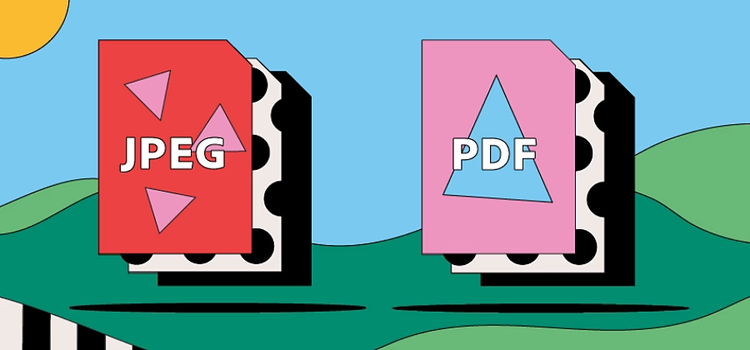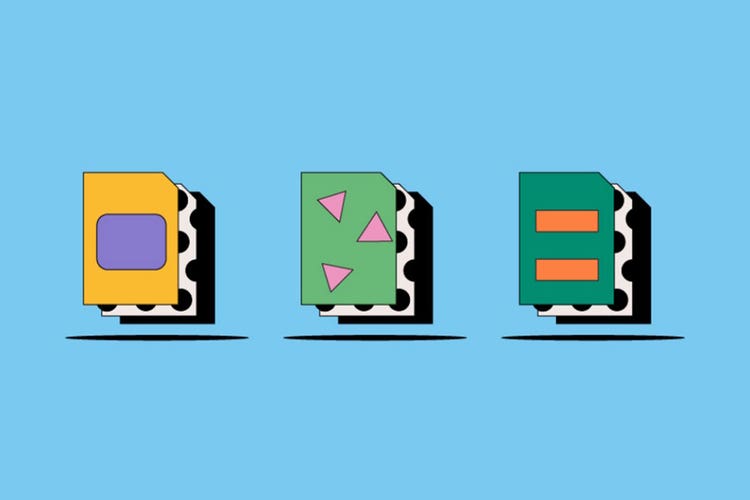PHOTOGRAPHY
JPEG vs. PDF.
JPEGs and PDFs are two of the most popular file formats for saving and sharing content. But when it comes to displaying images and documents, each format has its strengths and weaknesses. Let’s take a deeper look at the JPEG and PDF’s specific functions so you can make the right decision about which one will work better for you.

https://main--cc--adobecom.hlx.page/cc-shared/fragments/seo-articles/get-started-notification-blade
What is a JPEG file?
JPEG stands for Joint Photographic Experts Group. The JPEG file type is one of the world’s most widely used image file formats. Able to compress impressive detail into a shareable file size, JPEGs are most helpful in storing and sharing digital images. They’re ideal for social, email and blog content.
What is a PDF file?
A PDF (Portable Document Format) can display a wide range of documents
from bank statements to presentations to images and more. Its main strength is that it’s a universal format
meaning that a PDF’s content will always display consistently across any device. For this reason, printers prefer it because it keeps all page components intact and retains image quality when enlarged.
What is the difference between JPEG and PDF files?
While you can use both JPEGs and PDFs to store and share data such as images and text, there are some fundamental differences between the two formats. Make the most of these file types by learning how to use them most effectively.
Compression.
The primary use of JPEGs is for images, whereas PDFs can handle all sorts of text and image-based documents. Because JPEGs compress image data, its file sizes tend to be relatively small. This means that it’s a convenient way to share digital images over the web and email. But JPEGs use lossy compression, which means that each time you save your file, you lose a little bit of image data, which can affect quality.
Therefore, the multi-purpose PDF may well be your preferred file type for images because it offers a compression function, plus it won’t damage the original quality of the file you’re sharing. However, you may find PDFs difficult to integrate into a webpage if that’s its primary purpose.
Editability.
The main advantage of PDF is that it preserves the layout of the content while leaving different parts of the document open to editing (with Acrobat Pro). Conversely, JPEGs can’t be separated into components because they compress all content into a single layer.
This means that out of the two formats, a PDF is the only one that lets users copy selected text they need to use elsewhere. But if you want to embed an image within a different document, the JPEG may be your preferred file type.
Storage.
Due to the relatively small size of JPEGs, you might find them preferable to PDFs because they’re likely to take up less space on your hard-drive, portable disc or cloud. However, PDF files can be more reliable to store documents and images. With a Document Cloud subscription, you can easily upload, manage and share files via the cloud from your computer or mobile devices.
JPEG vs. PDF files: frequently asked questions.
Are PDFs bigger than JPEGs?
Can I convert PDF to JPEG or JPEG to PDF?
Can I post a PDF on Facebook?
How do I digitally sign a JPEG?
You can add drawings and text to JPEGs by clicking the Draw tool via the Edit menu and re-saving the file. A more legitimate way of signing a JPEG would be to print the file, sign it physically and scan the document to digitise it.
JPEGs are not the most appropriate file types for signing documents — and many recipients of digital signatures will likely not accept them. For this reason, it’s a better idea to sign PDF documents.
